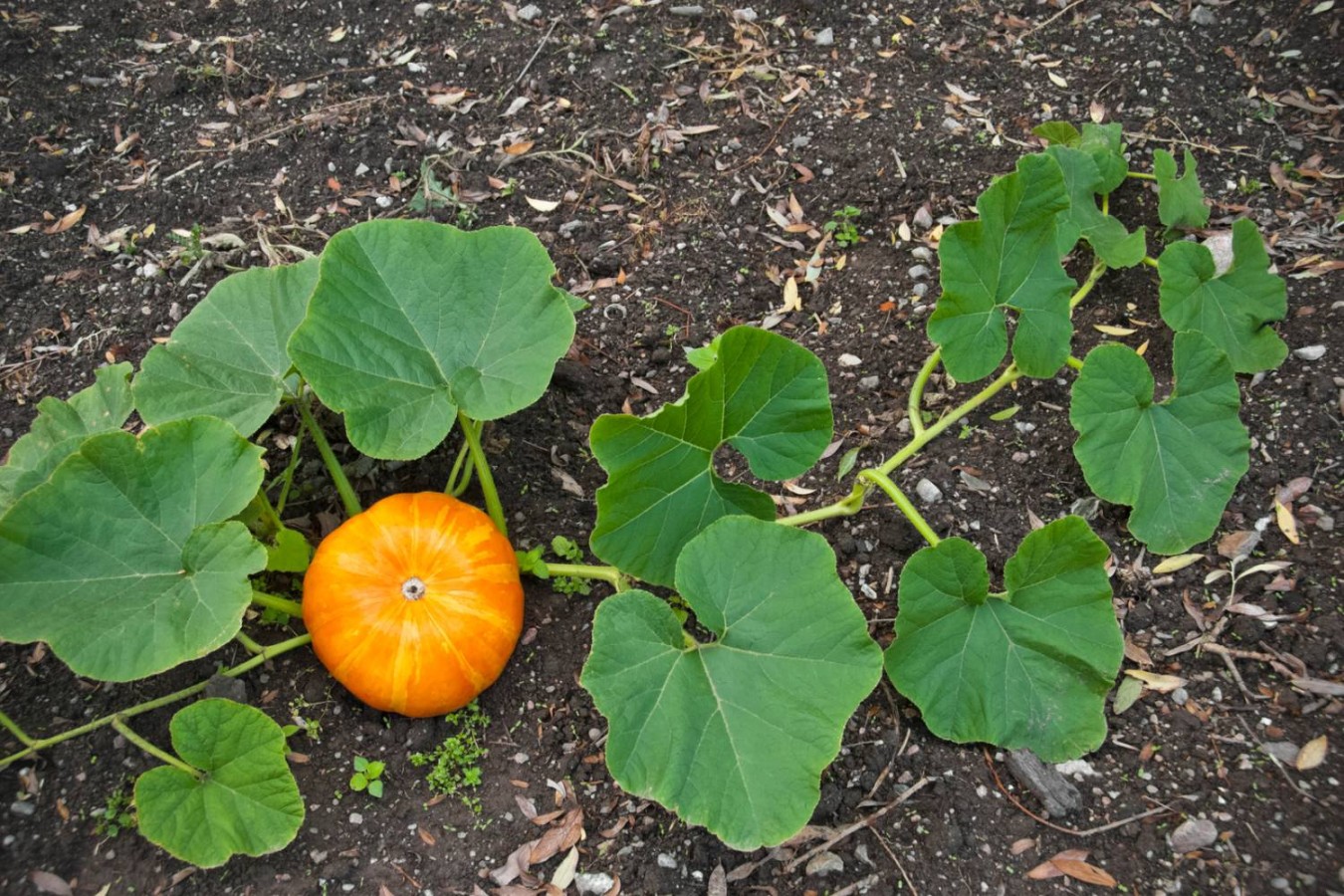
Image Source: shopify.com
The Amazing Pumpkin Plant: A Comprehensive Guide
Introduction
Pumpkins are a beloved vegetable that is commonly associated with fall and Halloween. But did you know that pumpkin plants are actually a type of squash that belongs to the Cucurbitaceae family? In this article, we will explore the fascinating world of pumpkin plants, from their origins to cultivation and uses.
Origin of Pumpkin Plants
Pumpkins are native to North America and have been cultivated for thousands of years by indigenous peoples. They were an important part of their diet and were even used for medicinal purposes. The first pumpkin seeds were brought to Europe by early explorers, and the plant quickly spread throughout the world.
Characteristics of Pumpkin Plants
Pumpkin plants are vining plants with large, loBed leaves and sprawling stems. The plant produces bright yellow Flowers that eventually develop into pumpkins. Pumpkins come in a variety of shapes, sizes, and colors, ranging from small pie pumpkins to giant Atlantic giants.
Growing Pumpkins
Pumpkin plants thrive in warm, sunny locations with well-Drained soil. They require plenty of space to spread out, so make sure to plant them at least 2-3 feet apart. Pumpkins can be grown from seed or transplants and should be watered regularly to ensure proper growth.
Pumpkin Plant Care
Pumpkin plants are relatively low maintenance but require a few key steps to thrive. They benefit from regular watering, especially during hot, dry weather. Adding a layer of mulch around the base of the plant can help retain moisture and prevent weeds. Additionally, fertilizing the plants with a balanced fertilizer can promote healthy growth.
Pests and Diseases
Like all plants, pumpkin plants are susceptible to pests and diseases. Common pests include aphids, squash bugs, and cucumber beetles. To prevent infestations, regularly inspect your plants and remove any pests by hand. Diseases such as powdery mildew and downy mildew can also affect pumpkin plants, so be sure to maintain good airflow around the plants and avoid overhead watering.
Harvesting Pumpkins
Pumpkins are typically ready to harvest in the fall, once they have reached their full size and have developed a hard rind. To harvest pumpkins, cut the stem with a sharp knife, leaving a few inches attached to the Fruit. Be sure to handle pumpkins carefully to avoid bruising and store them in a cool, dry place.
Uses of Pumpkins
Pumpkins are a versaTile vegetable that can be used in a variety of dishes, from soups and pies to roasted seeds and purees. They are rich in vitamins and minerals, making them a nutritious addition to any diet. Pumpkins are also used for decorative purposes, such as carving jack-o-lanterns for Halloween or as a festive centerpiece for Thanksgiving.
FAQs
1. Can you eat pumpkin plant leaves?
While pumpkin leaves are edible, they are not commonly consumed in Western cuisine. In some cultures, pumpkin leaves are cooked and eaten as a leafy green vegetable.
2. How long does it take for a pumpkin plant to grow?
Pumpkin plants typically take 80-120 days to reach maturity, depending on the variety.
3. What is the best way to store pumpkins?
Pumpkins can be stored in a cool, dry place for up to 3 months. Avoid storing them in direct Sunlight or in areas with high humidity.
Conclusion
Pumpkin plants are not only a delicious and nutritious vegetable but also a fascinating plant with a rich history and cultural significance. By understanding how to grow and care for pumpkin plants, you can enjoy the bountiful harvest of this beloved vegetable. Whether you’re cooking up a pumpkin pie or carving a spooky jack-o-lantern, pumpkins are sure to bring joy and delight to your fall festivities.
Pumpkin Plant